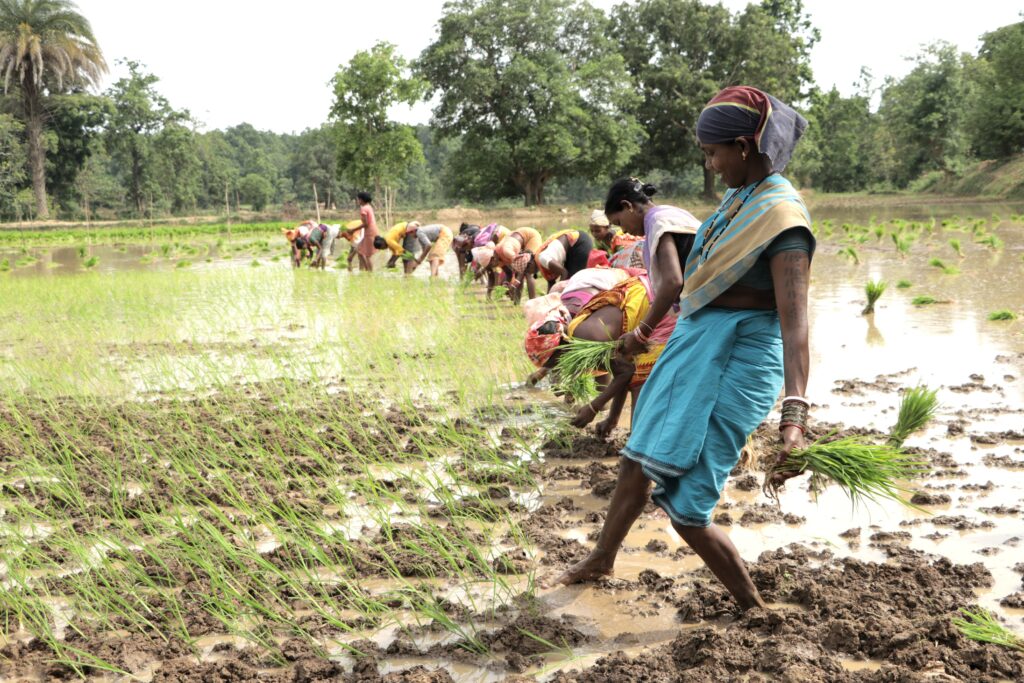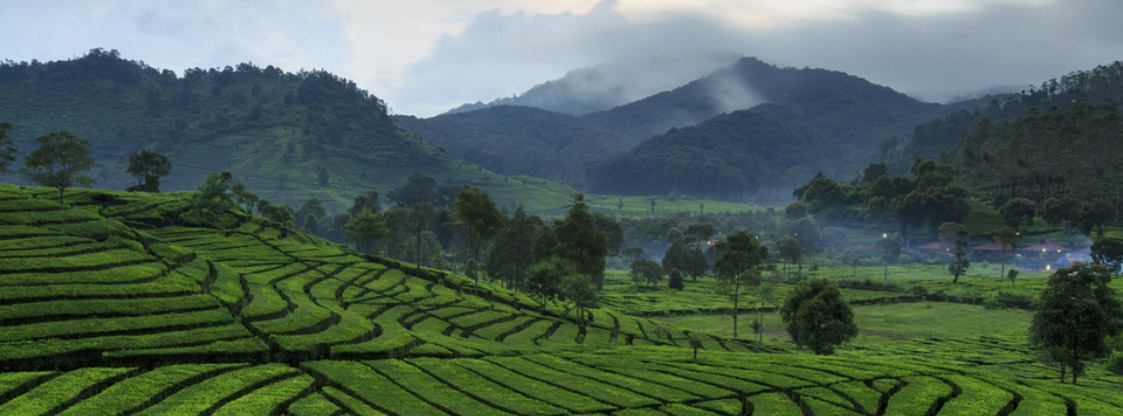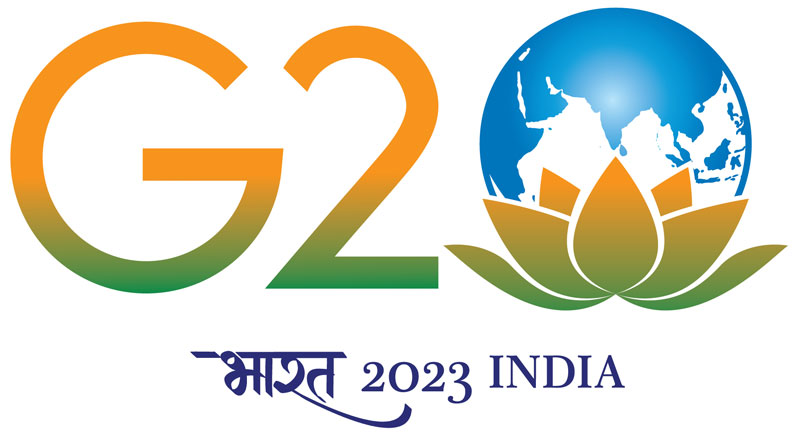Agriculture based livelihoods development
The Influence of Kiwi Culture on Casino Game Designs
When it comes to casino game designs, various cultures around the world have had a significant impact on shaping the themes, graphics, and overall experience. One culture that has made a notable influence is the vibrant and diverse Kiwi culture of New Zealand. From the Māori heritage to the country’s stunning landscapes and recreational activities, Kiwi culture has found its way into the world of online casino games. In this article, we will explore how Kiwi culture has influenced casino game designs and the elements that make them stand out.
Māori Influence and Symbolism
The Māori people, the indigenous population of New Zealand, have a rich cultural heritage that is deeply intertwined with the country’s identity. Their art, symbols, and traditions have become an integral part of New Zealand’s cultural landscape. In casino game designs, Māori symbols such as the koru (spiral), hei tiki (pendant), and manaia (a mythical creature) are often used to add a touch of authenticity and cultural significance. These symbols not only enhance the visual appeal of the games but also provide players with a unique and immersive experience.
Moreover, Māori legends and stories are frequently incorporated into the narratives of casino games. These narratives often revolve around mythical creatures, heroes, and traditional Māori concepts, creating a sense of adventure and intrigue for players. By integrating Māori influence and symbolism, casino game designers pay homage to the rich heritage of New Zealand and provide players with a deeper connection to the culture.
Kiwi Landscapes and Nature
New Zealand is renowned for its breathtaking landscapes, from snow-capped mountains to lush forests and pristine beaches. The natural beauty of the country serves as a constant inspiration for casino game designers, who aim to capture the essence of New Zealand’s outdoors in their creations. Whether it’s a game set in the rolling hills of the countryside or one that takes players on an adventure through the fjords, the use of Kiwi landscapes adds a sense of serenity, wonder, and exploration to the gaming experience.
Furthermore, the unique wildlife of New Zealand, including the iconic kiwi bird, is often featured in casino game designs. These animals not only represent the country’s biodiversity but also add a touch of charm and character to the games. By incorporating Kiwi landscapes and nature, casino game designers create a distinct visual aesthetic that sets their games apart and appeals to players looking for a taste of New Zealand’s natural wonders.
Recreational Activities and Sports
Kiwis are known for their love of outdoor activities and sports. From rugby and cricket to sailing and hiking, recreational pursuits play a significant role in Kiwi culture. Casino game designers have recognized this passion and have integrated popular activities into their game designs. Whether it’s a rugby-themed slot game or a virtual sailing competition, these games allow players to engage in their favorite pastimes while also enjoying the thrill of casino gaming.
Additionally, the laid-back and fun-loving nature of Kiwi culture is often reflected in the gameplay mechanics and overall atmosphere of casino games. The games aim to capture the sense of enjoyment and relaxation that Kiwis often seek, providing players with a light-hearted and entertaining experience. By incorporating recreational activities and sports, casino game designers tap into the Kiwi spirit and create games that resonate with players on a personal level.
In conclusion, Kiwi culture has had a significant influence on casino game designs. From the use of Māori symbols and legends to the incorporation of Kiwi landscapes, wildlife, and recreational activities, these games provide players with a unique and immersive experience. By embracing the vibrant and diverse culture of New Zealand, casino game designers create games that stand out in the industry and appeal to players around the world. So, why not explore the world of Kiwi-inspired casino games here and embark on a gaming adventure that celebrates the rich heritage of New Zealand?

Promotion of Non-Pesticides Management based Agriculture (NPMA)
BRLF and its CSO partners are working to increase farmers’ income and ensure food sufficiency among tribal households by promoting the yield of various crops, including cereals, pulses, oilseeds, vegetables, and fruits. They also encourage the adoption of Non-Pesticide Management (NPM) in agricultural interventions. BRLF supported SEEDS to strengthen sustainable NPM agriculture in Tamil Nadu, which included promoting market linkages with smallholder farmers through FPOs.
BRLF is further supporting 22 CSOs in Odisha and Central India to strengthen the Farmer Producer Organizations and improve their market readiness in NPM production after realizing the need for support in building the NPM value chain and marketing. The livelihood-driven projects’ ultimate goal is to enhance the overall livelihood conditions of targeted tribal households.
BRLF achieves its key outcomes through strategic engagement with CSOs. We engage actively with CSOs to reduce gaps in program outlays and outcomes through strengthening of democratic institutions of governance at the grassroots, improving quality of implementation of programmes, and scaling up successful models of interventions.
CSOs often struggle to find sufficient and long-term support for significant budget components like HR and operations which directly influence the efficiency and impact the quality of livelihood interventions. Our grant support and capacity building initiatives are geared to help them find opportunities to scale and integrate with large-scale government interventions.
BRLF also enables institutional partnerships between CSOs and state governments to help them leverage programmatic resources available for national and state level programmes and schemes for rural development and livelihoods.
As of March 2021, BRLF has committed R. 113.39 Cr (USD) toward CSO grants. Partners have leveraged a cumulative total of INR.2035.01 Cr. (USD) from government schemes and raised co-finance of R. 354.75 Cr (USD) from multiple donors.
Marketing of Pesticide Free safe foods by Ram Rahim Pragati Producer Company Limited
सुरक्षित चुनें, सही चुनें (हिन्दी)
Choose Safe Food, Choose Right Food (English)
Natural Resource Management
(Soil & Water Conservation)

As in any typical dryland region, rainfall in the Central Indian Tribal Belt is low, highly erratic and characterized by long dry spells. Natural Resource Management (NRM) has always assumed a primary role in BRLF’s work. Our interventions have also been aimed at addressing short term challenges such as providing crucial “life-saving” protective irrigation during the dry spells in the Kharif season and ensuring drinking water security for all households throughout the year.
We see NRM as a vital public investment that incentivises private investments on farmlands by even the poorest farmers. Studies have confirmed that there is generally a secular tendency towards warming of the Indian subcontinent. The Planning Commission’s 12th Plan document (Volume II) notes “a distinct trend towards both drier and warmer weather, particularly during the last three Plan periods” (Planning Commission, 2012).
Rural poor households are dependent on natural resources that bear the most disproportionate burden of the adverse impact of climate change. Our work on this theme aims to build climate resilience by leveraging resources from state programmes such as the MGNREGA, building water harvesting structures, carrying out works for control of soil erosión and conservation of in-situ moisture.

Building women led people’s institution
Thematic interventions will not be successful unless they are grounded in the community. BRLF’s strategy has been to facilitate and support the creation of women-led institutions which lead all development efforts in their specific geographies. BRLF works closely with partner CSOs to help build institutions for the socially and economically vulnerable women communities, especially the Adivasis that could provide a platform for collective action, based on self-help and cooperation. As part of the institution building efforts, BRLF and its CSO partners are responsible for creating institutions such as, SHGs, VLIs/CBOs and FPOs.

Participatory Groundwater Management (PGWM)
With the support of Arghyam, the BRLF has implemented focused pilots on participatory groundwater management (PGWM) with support from technical partners in 20 pilot locations in 14 districts of 7 states. In October 2020, the BRLF partners completed the PGWM project and found interesting results on ground.
The BRLF initiative helped build evidence for participatory groundwater management in the Central Indian Tribal Belt. The initiative also stressed the importance of shared understanding of resources and resource monitoring mechanisms. The current paradigm of groundwater development, which is being promoted in the CITB, must progress with caution, and integrate elements of governance that enable the sustainability of the resource and ensure water security in the region. The program enabled the development of a 3D PGWM approach that focuses on data, dissemination, and decision-making.

Livestock Development
For the tribal drylands of central India, diversification of livelihoods is of utmost importance because it helps to generate additional income and address their nutritional requirements. To this end, BRLF has initiated activities on a non-farm-based approach such as livestock development. CSO partners are working closely with the community to help households set up backyard poultry units, fishery, goatery, dairy development, etc. The CSO partners are also helping households through vaccination, feed, shelter, and breed improvement as well.

Capacity Building at the Grassroots
BRLF believes that building capacity at the grassroots holds the key to achieving quality outcomes and empowering the socially and economically marginalized groups, especially the Adivasis of Central India. BRLF is working with its CSO partners and engaging in capacity building activities for the different stakeholders in the community and the PRIs. As part of the capacity building activities, CSO partners conduct various training and field exposure visits on agriculture, livestock, horticulture, SHGs, micro-enterprises and NRM. The interventions also create and support community resource persons (CRPs) engaged in community mobilization.

Improving lives and livelihoods of De-notified/Nomadic (DNT/NT) Tribes
BRLF constituted a subcommittee on DNT/NT chaired by Padma Shri Girish Prabhune (BRLF Executive Committee member) to support and guide the organization on DNT/NT activities. On the recommendations of the subcommittee, BRLF started a pilot project aimed at improving the lives and livelihood of 150 Pardhi households in Kurduwadi village of Solapur district of Maharashtra.

Community Forest Rights (CFR) under the Forest Rights Act (FRA)
In 2018, the BRLF EC constituted a committee under the leadership of Mohanbhai Hiralal to review how our partners could intervene on the implementation and management of community forest rights for tribal communities under the Forest Rights Act. BRLF in partnership with the Commissioner, Tribal Welfare, Government of Telangana is supporting a project on ‘Strengthening of CFR implementation in Telangana State’.

